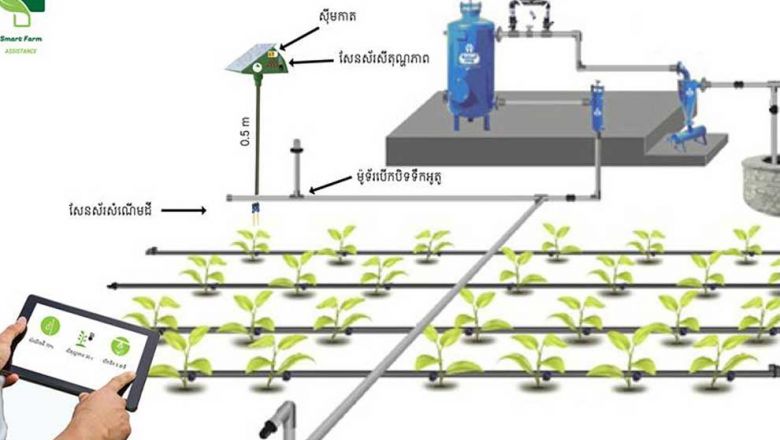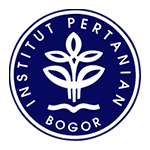 Smart Farm Assistance operates via a device installed in a pole in each field, with sensors deployed around the field to broadcast the weather, check soil condition and control water systems remotely. A farmer at home makes contact with the station via a mobile app that will send all the required information back to the user through SMS. Photo supplied
Smart Farm Assistance operates via a device installed in a pole in each field, with sensors deployed around the field to broadcast the weather, check soil condition and control water systems remotely. A farmer at home makes contact with the station via a mobile app that will send all the required information back to the user through SMS. Photo supplied
Seeing farmers spend most of their time on their rice fields and plantations inspired a team of students to create a device that will help lessen their time working and bring them closer to their family.
The team of five decided to work together to create phone app Smart Farm Assistance after meeting at the Techno Innovation Challenge Cambodia.
The app will allow farmers to check data on soil condition and humidity, as well as control their water system remotely via their phones.
“We were from different fields of study. We met each other at Techno Innovation Challenge Cambodia 2019 and found we shared the same concern over the agro-industry. One of our team members, Nhor Sophea, who is a student and a farmer, had the idea to help farmers cut down their time in fields so they can do other jobs and be with their family,” said David Eav, Smart Farm Assistance co-founder and a student at the Institute of Technology of Cambodia.
The team, called Agri-Economiser, won first prize for the project at the innovation challenge, bringing home $1,250 in prize money.
Eav told The Post that with the app, farmers won’t have to visit their crops regularly to check soil humidity and open and close water drains.
“Our intention is to reduce farmer’s time in their fields and allow them to get back to their families and find other things to do for extra income. With this device, they can access data from their fields via their phones and control water systems with their phones."
“Farmers will know via their phone information about their soil’s condition and the weather, or if they need to navigate remotely to open water supplies we have sensors connected to the water system,” the 20-year-old said.
Nhor Sophea, a fellow co-founder of Smart Farm Assistance, said the project is tapping into the Internet of Things (IoT) revolution.
Sophea said Smart Farm Assistance will operate via a device installed in a pole in each field, with sensors also deployed around the field to broadcast the weather, check soil condition and control water systems remotely.
A farmer at home will make contact with the station via a mobile app that will send all the required information back to the user through mobile SMS.
“If the users see that the soil is dry and that it is not going to rain soon, they just click a button and the watering system will work automatically. Or we can set a timetable to water the crops,” said Eav.
“People in rural areas hardly have access to the power grid, so we are developing a solar-powered system to operate this.”
The system can be used both by individuals and on an industrial scale.
Eav said that a Smart Farm Assistance set – which includes the electronic station, a mobile SIM card and a solar panel with three sensors – costs about 280,000 riels ($70).
Though their project is new and untested, farmers are already contacting them to have the smart device installed in their fields.
“Farmers in Koh Kong and Pursat provinces called us to install the device in their land for a trial. We plan to go there to conduct a study on their land about where and how many sensors we should install. The trial process could take about three to four months,” said Eav, adding that the team is concerned over cellphone coverage in rural areas and the impact of adverse weather on their devices.
The team of young students is now looking for investors in order to expand their project.
“We want to work with investors because we need middlemen to sell our products and reach all potential customers. We are now looking for partners,” Eav said.









